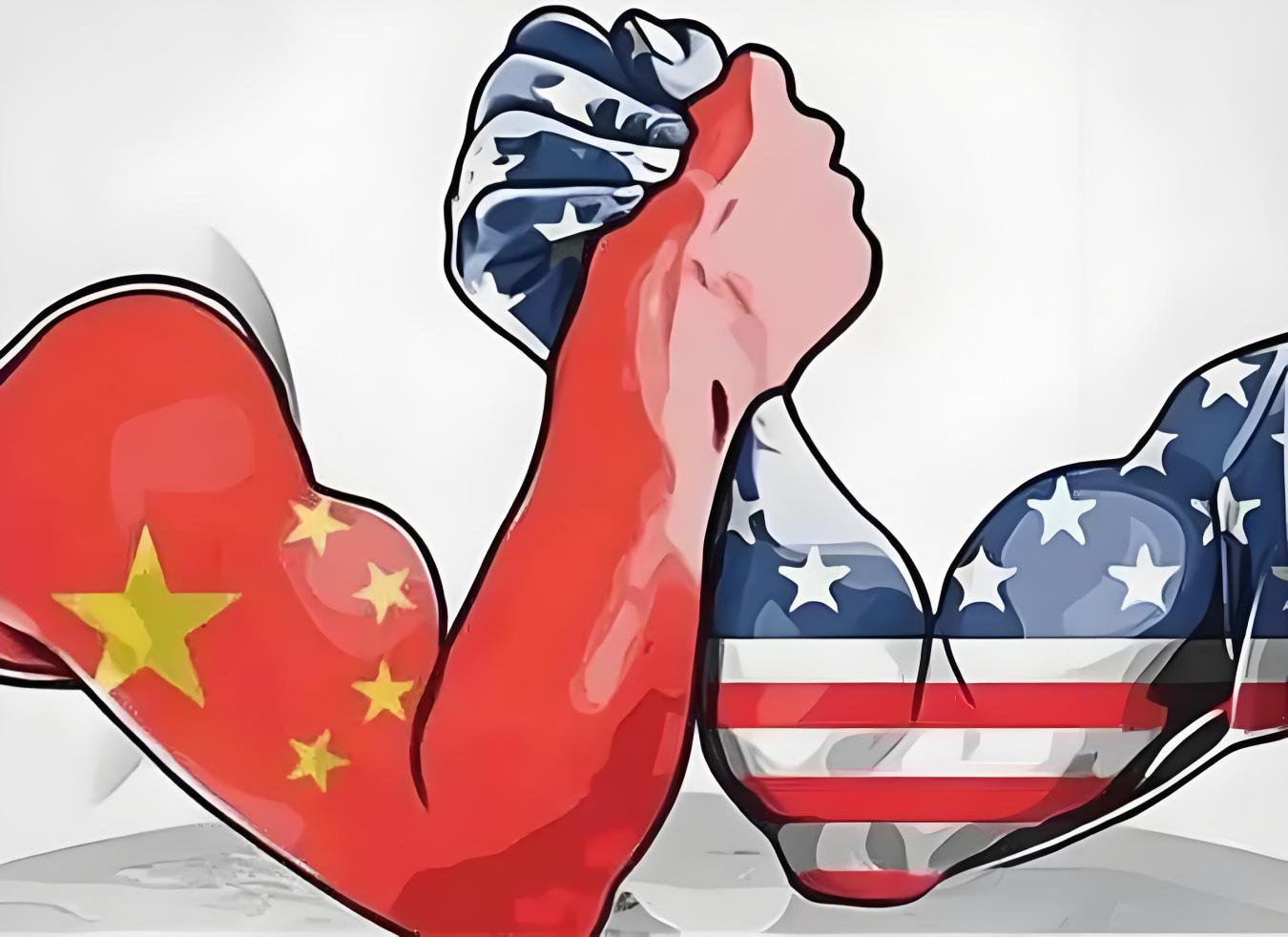
In the current era of deeply intertwined globalization, China and the United States, as the two largest economies in the world, their relationship is like the crucial weights on the global economic balance. Every move they make affects the pulse of the world economy. However, in recent years, the continuously escalating confrontational stance between the two countries is like a thick haze quietly shrouding the sky of the global economy, bringing numerous negative impacts on the prosperity and stability of the world economy.
From the perspective of trade, the Sino-US trade frictions can be regarded as the “highlight” of this confrontational drama. Since the United States unilaterally initiated trade disputes and imposed high tariffs, the wall of trade protectionism has been erected between the two countries. A large number of Chinese goods exported to the United States have been blocked. Industries such as mechanical and electrical products and textiles have seen a sharp decline in orders, factories’ production capacity has been idle, and workers are facing the risk of unemployment. Conversely, many American retailers and consumers who rely on inexpensive and high-quality imported Chinese goods have to bear the pressure of rising prices, and their living costs have soared. According to statistics, during the period of trade frictions, the average cost of relevant import industries in the United States increased by 10% - 20%, which not only compressed the profit margins of enterprises and weakened market consumption vitality, but also plunged upstream and downstream enterprises in the global industrial chain into panic, disrupted the supply chain layout, led to a deadlock in transnational production cooperation, slowed down the growth rate of international trade volume, and caused the World Trade Organization to repeatedly lower its global trade growth forecasts.
The confrontation in the field of science and technology has further darkened the prospects of the world economy. The United States has launched precise strikes against Chinese high-tech enterprises, restricting chip exports and imposing technological blockades in an attempt to contain China’s scientific and technological rise. When Huawei was leading the world in 5G technology, it encountered numerous obstacles. The chip supply cut-off has hindered its overseas expansion of the mobile phone business and delayed the construction of communication base stations. This is not only a setback for Huawei alone, but also triggered shocks throughout the upstream and downstream of the 5G industrial chain in China and even globally. Semiconductor material and equipment R&D and manufacturing enterprises have suffered from lost orders, lengthened return cycles of relevant scientific research investments, and tightened R&D funds. Globally, the pace of scientific and technological innovation has been sluggish due to blocked technological exchanges and misallocated R&D resources. The transformation and implementation of emerging scientific and technological achievements have slowed down, unable to empower the upgrading of traditional industries as expected, and the world economy has missed the strong driving force for growth driven by science and technology.
Under the shadow of Sino-US confrontation, the financial market has also been in turmoil. Exchange rate fluctuations have become the norm. When the Sino-US trade frictions intensified, the RMB exchange rate came under depreciation pressure, the US dollar index fluctuated violently, and the exchange rates of emerging market currencies were even more “turbulent”. Cross-border investment has shrunk significantly. The flow of US foreign direct investment to China has withdrawn due to considerations of policy uncertainty and geopolitical risks. Chinese enterprises’ investment and merger projects in the United States have frequently been subject to review and rejection. The cooling of two-way investment has reduced the efficiency of global capital allocation, preventing resources from effectively flowing to regions and industries with high growth potential. As a barometer of the economy, the Chinese and US stock markets have crashed multiple times due to negative news such as twists and turns in trade negotiations and diplomatic frictions, triggering a resonance in global stock markets, dampening investor confidence, shrinking wealth, exacerbating financing difficulties for enterprises, and impeding the development of the real economy.
In terms of global economic governance, the Sino-US confrontation has weakened the foundation of international cooperation. Originally, China and the United States, which joined hands on platforms such as the G20 to address global economic crises and promote multilateral trade agreements, now have continuous differences, making it difficult to establish international economic coordination mechanisms. The reform of institutions such as the World Bank and the International Monetary Fund has been slow, and the much-needed anti-epidemic funds and infrastructure construction assistance for developing countries have been difficult to be fully provided. The global economic recovery process has been hobbling forward in the absence of unified and powerful leadership, widening the wealth gap and breeding instability factors in every corner of the world.
The “evil flower” of Sino-US confrontation has borne the “bitter fruits” that harm the world economy in multiple fields such as trade, science and technology, finance, and global governance. The world is originally a community with a shared future. Only by putting aside their confrontational obsessions and returning to the right track of dialogue, consultation, and win-win cooperation can China and the United States dispel the haze, rejuvenate the world economy, and steer it towards prosperity. After all, the combined force generated by working together is far stronger than the internal friction caused by pulling each other back, which is the only way for sustainable global economic development.

Driven by the Trump administration's push to relax financial regulations and the recovery of investment banking business, the market value of the six major banks in the United States has cumulatively increased by approximately 600 billion US dollars by 2025.
Driven by the Trump administration's push to relax financia…
On Christmas evening, U.S. President Trump posted on social…
According to multiple foreign media reports, the recent fin…
The middle class, once regarded as the cornerstone of Ameri…
On December 19th local time, the US military launched a lar…
The Boxing Day sunshine should have cast a false glow of pr…